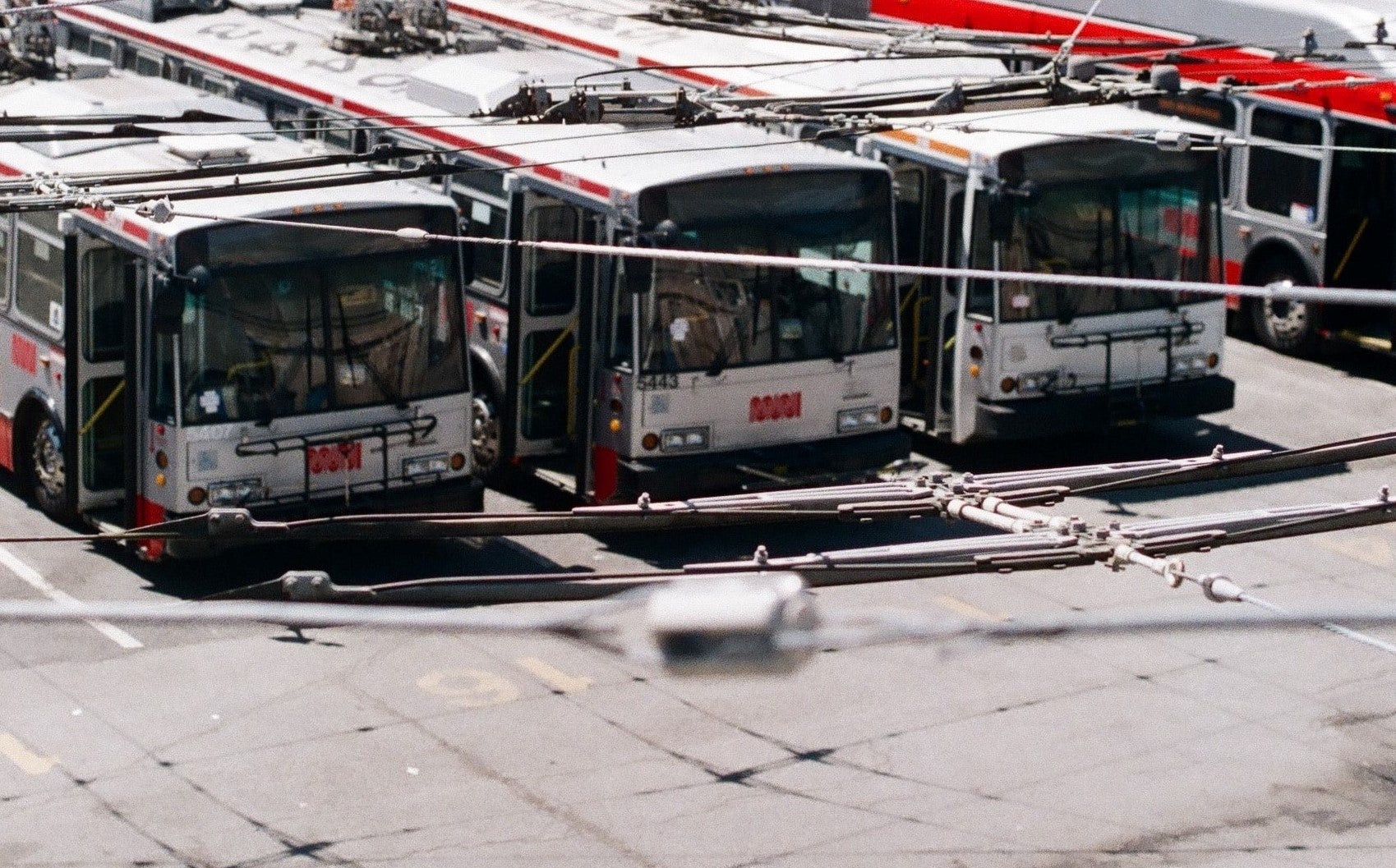
Technology and digital innovation have started to transform the way we move, especially in cities. And although the coronavirus (COVID-19) has brought much of transport to a screeching halt, there are many reasons to believe that the pandemic will accelerate—rather than impede—the digitization of urban mobility. In fact, embracing disruptive technologies may be one of the most promising avenues to weather the crisis and lay the foundation for more sustainable urban transport.
So, what exactly will be the role of technology in supporting urban transport during the pandemic? Specifically, how can we use big data to understand the magnitude and location of disruptions? And once cities start reopening, how can innovation get people moving again, in the safest and most effective ways possible? Looking ahead, how will digital trends and disruptive technology influence urban mobility for the long term?
We will be addressing these questions in a series of blog posts, starting with the potential of technology to support the gradual reopening of cities and their transport systems—a process that has already begun in several cities, ranging from Hong Kong to Paris to Bogotá.
Keeping up with a quickly changing situation
The pandemic has had a dramatic impact on people’s mobility patterns. The situation is chaotic, unprecedented, and keeps changing by the day. Thankfully, digital innovation has made it much easier to collect and analyze real-time data, providing an effective way for governments to identify and quantify disruptions. The private sector has played an important part in this process, with many technology firms opening their transport data for the first time:
- Google COVID-19 Community Mobility Reports and Apple Mobility Reports are providing free open data on the trends in mobility patterns—how and where people are moving, at the national and local levels.
- Mapbox Traffic Data helps visualize how traffic patterns have affected local travel in major cities over recent weeks.
- TomTom has complemented their usual analytics with a comparison of traffic congestion before and after the crisis began in selected cities.
- Moovit, a popular transit app, has released a public transport index that compiles transit data from cities around the world in near real time.
This data allows us, for the first time ever, to track and benchmark urban mobility performance worldwide. And while creating a complete and comprehensive data collection system will require further collaboration, COVID-19 is already highlighting the importance of accessible, real-time multimodal data.
Informing users in real time
Demand for public transport will be slow to recover. It is essential that transit agencies provide reliable information on their services as part of rebuilding passengers’ trust in the safety of their system. In this fast-evolving context, digital solutions can go a long way in centralizing and communicating relevant, up-to-date transit information to the public—whether it be service changes, real-time arrivals, or details on the cleaning protocols implemented by operators. Some transit systems are even letting users monitor occupancy levels on their vehicles so they can determine whether the bus or train they are about to board will allow for social distancing.
Responding to demand
No city will resume 100% of public transport operations all at once. This is neither realistic nor viable. Instead, operators will have to increase service incrementally as demand picks up. This will require unprecedented agility and the ability to track passenger volumes and mobility patterns as accurately as possible. Here again, digital technology and big data are coming to the rescue. By aggregating anonymized data from mobile phones and automatic fare collection systems, cities are now able to monitor mobility patterns more closely than ever and to adapt services accordingly. A number of private companies (Swiftly, GIRO, Trapeze, Optibus, Remix, TransLoc) have been using this data to help public transport agencies create agile, responsive routes to meet changes in passenger demand.
Leveraging new mobility solutions
New mobility systems such as ride-hailing have responded to the crisis as well, providing free or discounted transport for essential workers and health care providers, as well as facilitating the delivery of food and other essential supplies. Likewise, micro mobility services like bikeshare or electric scooters have expanded to serve vulnerable locations. Moving forward, we can maximize the benefits of these newer solutions by integrating them into a comprehensive transport ecosystem that would let users navigate seamlessly across mass transit, shared mobility platforms, and micro mobility. This approach, commonly dubbed “Mobility as a Service” (MaaS), is already helping urban residents get around safely during the pandemic. As an example, mobility aggregator apps enable users to plan journeys with a wide variety of transport modes, and to prioritize routes that fit social distancing requirements.
Restoring public transport services will take hard work and persistence. But our ambition shouldn’t just be a return to transport as we knew it. As they grapple with the pandemic, cities have a window of opportunity to rethink the future of urban transport and tackle issues that were plaguing the sector long before the emergence of the virus, from congestion to affordability and efficiency. That’s where technology comes in. By combining the solutions outlined above, urban transport professionals everywhere can tackle the immediate impacts of the crisis, win passengers back, and pave the way for a more sustainable transport future.


Join the Conversation